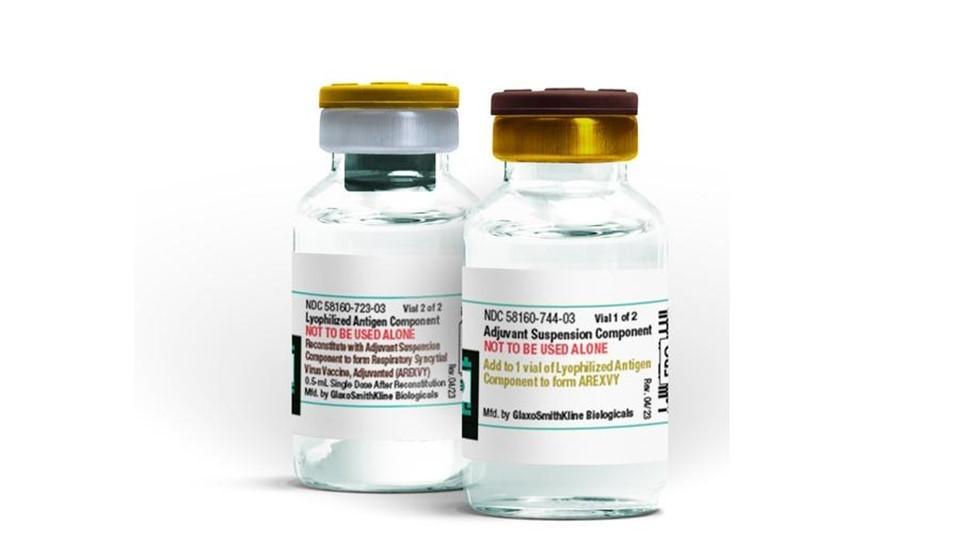Stress-testing day one: Designing and preparing for a flawless launch

The pressure to execute a flawless drug or therapy launch has never been greater and continues to lay the foundation for long-term product success. A best-in-class introduction can shape profitability, market positioning, and the success of future indications, and there is only one opportunity to get it right.
At STEM, our data shows that, despite extensive preparation, many field teams drift from the strategic focus early in the launch phase – some as much as 31% in just five weeks after launch.1 For leaders, preventing this drift is paramount to achieving fast and sustainable brand growth from day one.
At STEM, we work with numerous high-profile global launches. By seeing the challenges our clients face and best practice, we continuously identify patterns to inform decision-making for future launches, addressing what could be done differently and enhancing our benchmarking data. Our latest data suggests that a robust early ‘dry run’ of rep to healthcare professional (HCP) detailing to help identify and address strategic drift ahead of launch could help maximise potential. It could also avoid large-scale course corrections post-launch and early sub-optimal HCP perception development.
Here we discuss the limitations of relying on post-launch refinement, how to capture and act on early perceptions, and what a launch dry run could look like for pharmaceutical leaders.
The limitations & risks of post-launch course correction
At STEM, we regularly work with clients who need to make post-launch refinements to adjust drift in strategy. Unfortunately, even at an early stage, there is a risk that significant market perceptions will have already formed, making a course correction costly and challenging. We observe that misalignment with HCPs on product positioning, pricing objections, safety concerns, and compliance hurdles can all unintentionally shape early engagement, leaving brands struggling to achieve strategic ambitions.
A common scenario sees new therapies quickly being perceived as a second-line option, when strategic intent is to treat first-line patients. This not only leaves patients underserved, but also limits the long-term success of the client’s brand.
First impressions impact future indications
For new treatments with multiple therapeutic applications, initial indication launches can set the stage for future expansions. However, if the first launch fails to establish strong market confidence and usage patterns, subsequent indications may struggle to gain traction.
Strategic drift commonly begins when field professionals begin to adjust their messaging in response to early objections, such as concerns about safety, reimbursement, or perceived lack of patient need. These shifts can become ingrained without clear guidance and training on handling objections, leading to suboptimal adoption patterns.
Medical Affairs and MSLs are integral to ensuring HCPs understand the scientific rationale behind the product. When commercial teams are not fully aligned with medical affairs, there’s a risk of inconsistent messaging and a lack of confidence in handling scientific discussions. This can lead to a HCP-driven product positioning, which does not align with the company’s strategic objectives.
As a leader, the question is whether it’s prudent to wait for real-world data to highlight strategic misalignment or skill gaps, or to assume this is a significant risk and do a stress test earlier. Having clarity on whether reps are equipped to handle objections, whether MSLs and commercial teams are collaborating effectively, and, ultimately, if global strategies are being translated into local execution arms our clients with the tools they need to deliver a great launch.
Dry run to strengthen strategy before launch
Given the data on strategic drift, some steps can be followed to preempt and prevent it with a dry-run approach.
1. HCP interaction role plays & feedback
Opportunities to meet with HCPs are precious, so role-playing the interaction before the real meeting provides a chance to refine and coach before the live event. It also offers an opportunity for internal interviews, illuminating the alignment across cross-functional teams with the intended strategy. Role-plays with real HCPs can uncover real-world objections and give teams an opportunity to hear from their customers how to make their messaging clearer. This pressure test before launch can also significantly enhance field team confidence, which has a downstream impact on execution quality. Critically, this is also a time to see how the strategy is going to play out in the field, whether teams are clear on the right approach, and where they need more support from Head Office to execute with excellence.
2. Benchmarking and assessing interactions
Benchmarking data from assessing simulated HCP interactions in a controlled environment forms a realistic way of measuring performance and predicting competitive success. In-field, post-launch interactions can then also be measured and compared to the pre-launch simulations, helping teams track their progress against key focus areas such as objection handling.
3. Cross-disciplinary solutions for stronger execution
Strategic alignment and executional excellence is only one piece of the puzzle at launch. Now, as part of Inizio, we are working seamlessly with some of our partners including Vynamic, Research Partnership, and Nazare to help guide clients with robust launch readiness plans, tailored market insights reports, and capability development. Our cross-disciplinary approach delivers even greater value to our clients and can be tailored to wherever they are on their launch journey.
A dry run before launch allows teams to pressure-test messaging, refine objection handling, and reinforce internal alignment to strategy. For pharmaceutical leaders, the cost is too high on many levels for the first true test of strategy to happen live in the market. Identifying and correcting misalignments before they have commercial consequences will always be preferable and provide greater go-to-market confidence.
Contact us to learn how we can help you accelerate your brand performance.
References
- STEM product launch case study.
About the authors

Dani Heywood, PhD, Global COO, STEM
Dani Heywood joined STEM in July 2024 as Chief Operating Officer, working across the regions to help drive customer growth and satisfaction, optimal and strategic project execution and client relations and to support the senior leadership team. Dani brings over 20 years of life science consultancy experience working with Pharmaceutical and Biotech teams across the product lifecycle to maximize their brand’s success. Prior to STEM, Dani relocated from the UK to the US in 2004 to form and lead the US-based international team for an established market research agency, before moving to start and oversee the US arm for another UK head-quartered consultancy and growing its revenue to double digits. Most recently, she held the President role at a consultancy that offered solutions across commercial operations, analytics, market research and RWE.

Madeleine Lacaille, Associate VP, Global Strategic Accounts, STEM
Madeleine is a dynamic healthcare strategy professional with over seven years at STEM, where she has progressed from Business Analyst to Associate Vice President of Global Strategic Accounts. She combines her expertise in biomedical sciences and digital marketing to develop tailored, data-driven solutions that drive business growth and enhance strategic execution. Leveraging her analytical skills and industry experience, Madeleine helps optimize marketing campaigns and expand patient reach. She holds a Bachelor’s degree in Biomedical Sciences from Durham University and a Diploma in Professional Digital Marketing from The Chartered Institute of Marketing. Passionate about innovation, she is committed to delivering solutions that meet the evolving needs of clients and stakeholders.
About STEM

STEM, an Inizio Advisory company, is a global leader in strategic brand alignment, helping global life science companies optimize brand performance by measuring the alignment between brand strategy and execution at every stage of the product lifecycle.










